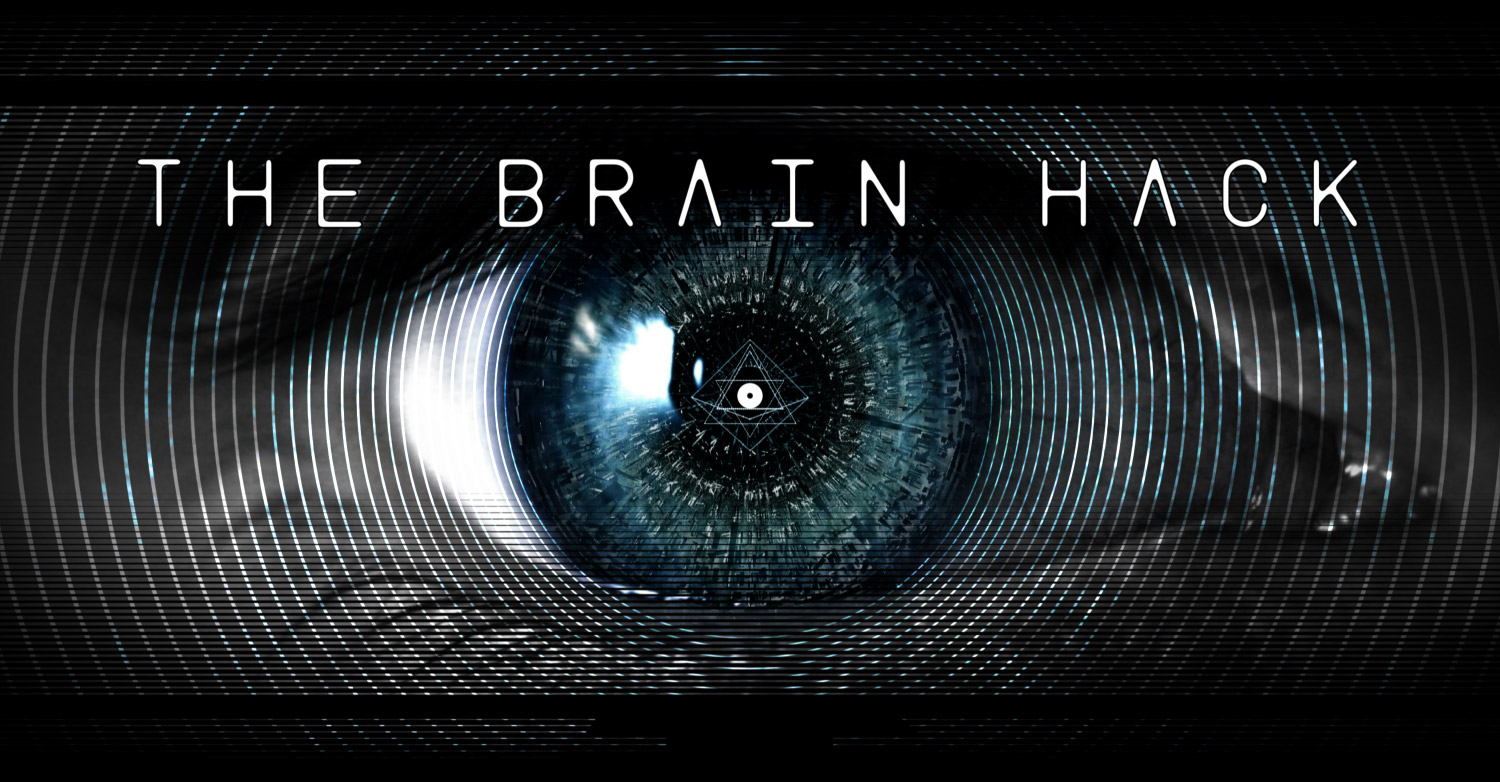

To systematically disentangle the relative contribution of NMDAR1-AB from neuroinflammatory and neurodegenerative processes of encephalitides, core features of the anti-NMDAR encephalitis were modeled in mice. However, the pathophysiological role of NMDAR1-AB in neuroinflammatory contexts has, so far, not been formally differentiated from the underlying pathomechanism(s) and previously established NMDARE-related animal models lack the neuroinflammatory component of the disease. On a theoretical basis, the presence of NMDAR1-AB could contribute to the psychopathological phenotype of NMDARE patients and explain why psychoses and behavioral alterations are more frequent in NMDARE as compared to other encephalitides. The associated NMDAR1-AB bind and cross-link surface N-methyl-D-aspartate receptors (NMDAR), resulting in NMDAR internalization and hypofunction. It manifests with a heterogeneous clinical disease course and is diagnosed based on the presence of NMDAR1-autoantibodies (NMDAR1-AB) of the IgG class in patients’ cerebrospinal fluid. The anti-NMDAR encephalitis (NMDARE) is an autoimmune condition with so far unclear etiology and pathogenesis. In this fundamental regulatory circle, neuronal networks, challenged by motor-cognitive tasks, drift into transient ‘functional hypoxia’, thereby triggering neuronal EPO/EPOR expression. Here we delineate the brain EPO circle as working model explaining adaptive ‘brain hardware upgrade’ and improved performance. This novel mechanism of powerful postnatal neurogenesis, outside the classical neurogenic niches, and on-demand delivery of new cells, paralleled by dendritic spine increase, let us hypothesize a physiological procognitive role of hypoxia-induced endogenous EPO in brain, which we imitate by rhEPO treatment. These processes depend on neuronal and microglial EPOR. In parallel, EPO reduces microglia numbers and dampens their activity and metabolism as prerequisites for undisturbed EPO-driven differentiation of pre-existing local neuronal precursors. The ‘brain hardware upgrade’, underlying these observations, includes an EPO induced ~20% increase in pyramidal neurons and oligodendrocytes in cornu ammonis hippocampi in the absence of elevated DNA synthesis.

Correspondingly, rhEPO treatment of young rodents or EPO receptor (EPOR) overexpression in pyramidal neurons caused remarkable and enduring cognitive improvement, together with enhanced hippocampal long-term potentiation. In clinical studies on different patient groups, recombinant human (rh) erythropoietin (EPO) lastingly improved higher cognition and reduced brain matter loss. For further questions on these solutions, please contact our Technical Support team indicating the number printed on your dongle.Executive functions, learning, attention, and processing speed are imperative facets of cognitive performance, affected in neuropsychiatric disorders.
#Upgrade thebrain license
You can download the license file for BrainVision Recorder Video, RecView or RecView MR correction here. If you require a BrainVision Analyzer 2 license file or have questions on sublicenses for Add channels or Analyzer Video, please contact our Scientific Support team indicating the number printed on your dongle. To check whether the add-on licenses are recognized, navigate to Help > About in BrainVision Analyzer or BrainVision Recorder to see whether your Add-on licenses are listed.
#Upgrade thebrain software
To do that, the license file has to be executed on every local installation of the software following these instructions. In this case, the licenses for additional functionality must be provided in so-called “sub-licenses.” These sub-licenses must be installed using a BrainVision license file. Older dongles, however, used a different technology. For these, no additional license file is required.

For Sentinel HASP dongle technology (used since 2013) add-on licenses are stored directly on the USB key. You may need an additional license file if you are using an older version of BrainVision Analyzer, RecView or Recorder.īrainVision Analyzer and BrainVision Recorder are protected by USB keys.


 0 kommentar(er)
0 kommentar(er)
